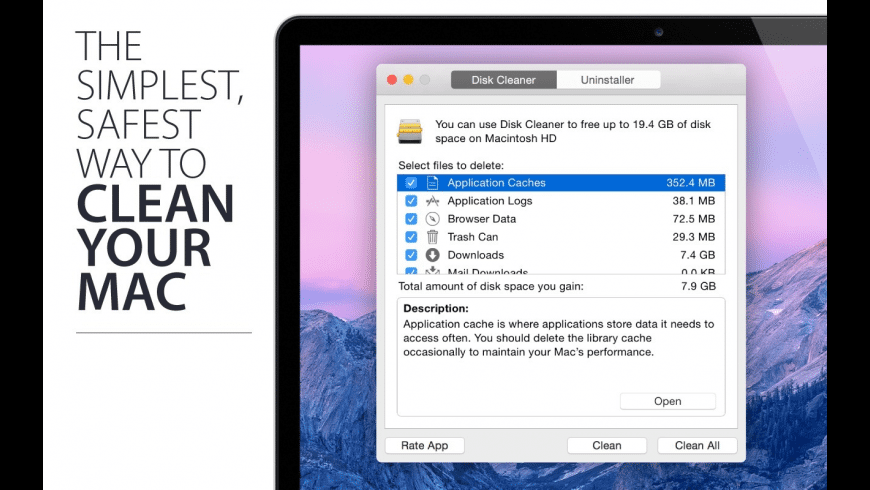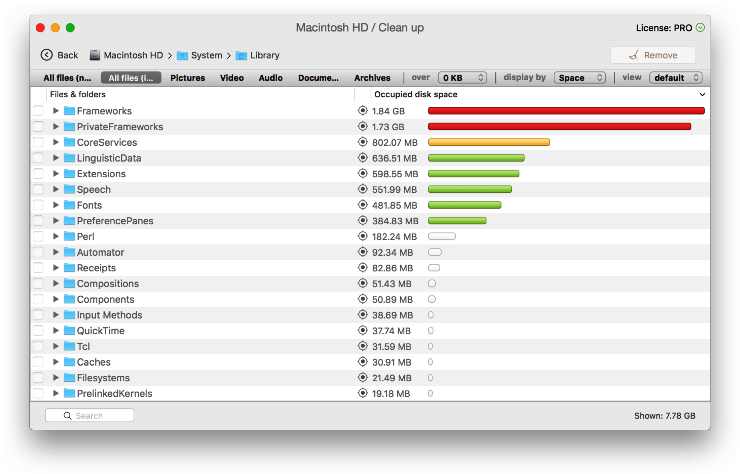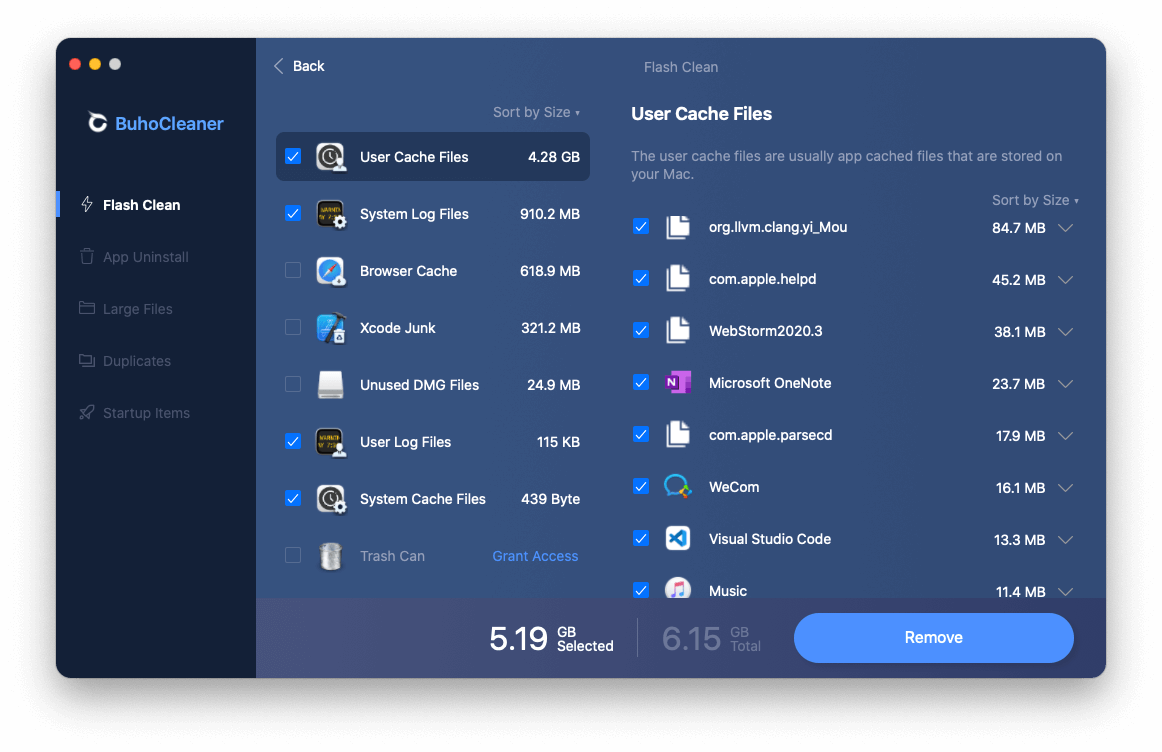

Deleting those emails isn’t going to do a thing for your Mac’s storage, as they’re going to sit in the Mail trash for a month. Let’s say you do a mass deletion of 40,000 emails just to get to “Inbox Zero”. For example, any email you trash is actually kept around for a certain amount of time (usually 30 days) before it’s actually deleted. Just want to empty it? Right-click it and a small popup gives you the option of opening the Trash to see what’s in there or just emptying it (see image below): What’s in YOUR trash?ĭid you know that you have more than just one trash can on your Mac? That’s right - Mail, versions of iMovie older than version 10.0, and the old iPhoto app all have their own trash cans. Trash is a temporary holding spot when you delete a file, it’s sent to Trash and stays there just in case you change your mind until you commit to delete it forever by using the Empty Trash command. To see what’s in Trash, you can click on the Trash icon at the far right end of the Dock.
#MAC CLEANER FREE DISK SPACE MAC#
When I was doing Mac consulting for a living, I even had several clients who used the trash as a “file cabinet” - I had to tell them that they’d lose files if someone ever emptied the trash. In my example, Gemini 2 found almost 144GB of duplicates to clean up, but decided that to be safe, only about 60GB of those were truly assured to be duplicates and could be deleted without further checking.īelieve it or not, a lot of people neglect to Empty Trash on a Mac. You can either choose to let the app do a “Smart Cleanup,” in which it makes the decisions on what files to delete or not, or go through them one by one. Gemini does a great job of informing you of those files that differ in certain ways.

Sometimes files can seem to be the same - they have the same file name, for example - but are different.
#MAC CLEANER FREE DISK SPACE FOR FREE#
Gemini 2 can be downloaded for free from the MacPaw website so you can see just how much space you’ll recover - but you’ll have to purchase the app in order to quickly clean that space. If you have a large drive in your Mac this can take a while, but the gain in space is worth the time. This app from developer MacPaw brings even more intelligence to the app to ease the process of finding and killing those duplicates. Drive Genius 4 makes it easy to remove duplicates and also offers a host of other features to help clean up, speed up and protect your Mac.Īnother option is the recently-updated Gemini 2 ($19.99). Drive Genius 4 locates duplicate files and replaces those duplicates with an alias, powered by the award-winning technology of DriveSlim. One great choice for removing duplicates is Prosoft Drive Genius 4 For Mac. So how do you take on the task of ridding your Mac of duplicate files? Don’t worry you won’t have to go through folders one by one and see whether there are files similar to ones you’ve seen elsewhere - that way lies madness! Fortunately there are excellent and fast apps that look for duplicates, highlight them, and provide a way to remove the space-grabbers with a few clicks. But often you’ll find that somehow you have two or more copies of an app, multiple copies of the same photo, or duplicate iTunes libraries - all things that can take up a healthy chunk of your storage. In some cases that’s not an issue - if you have two copies of a tiny 300 byte text file, you’re not going to take up too much space. The longer you own and use a particular Mac, the more likely you are to have duplicate files on your device.


In this article, I’ll describe ways that you can free up storage on your Mac. Although those numbers have been doubled for the 2016 devices, those who purchased one of the original lightweight MacBooks are constrained by the capacity of the built-in SSD. The original 2015 version came with two capacities - 128GB and 256GB. Take the 12-inch Retina MacBook (above), for example. Although has plenty of ways to expand your Mac’s storage both internally and with external drives, there are some Macs that are just plain hard to add storage space to.


 0 kommentar(er)
0 kommentar(er)
